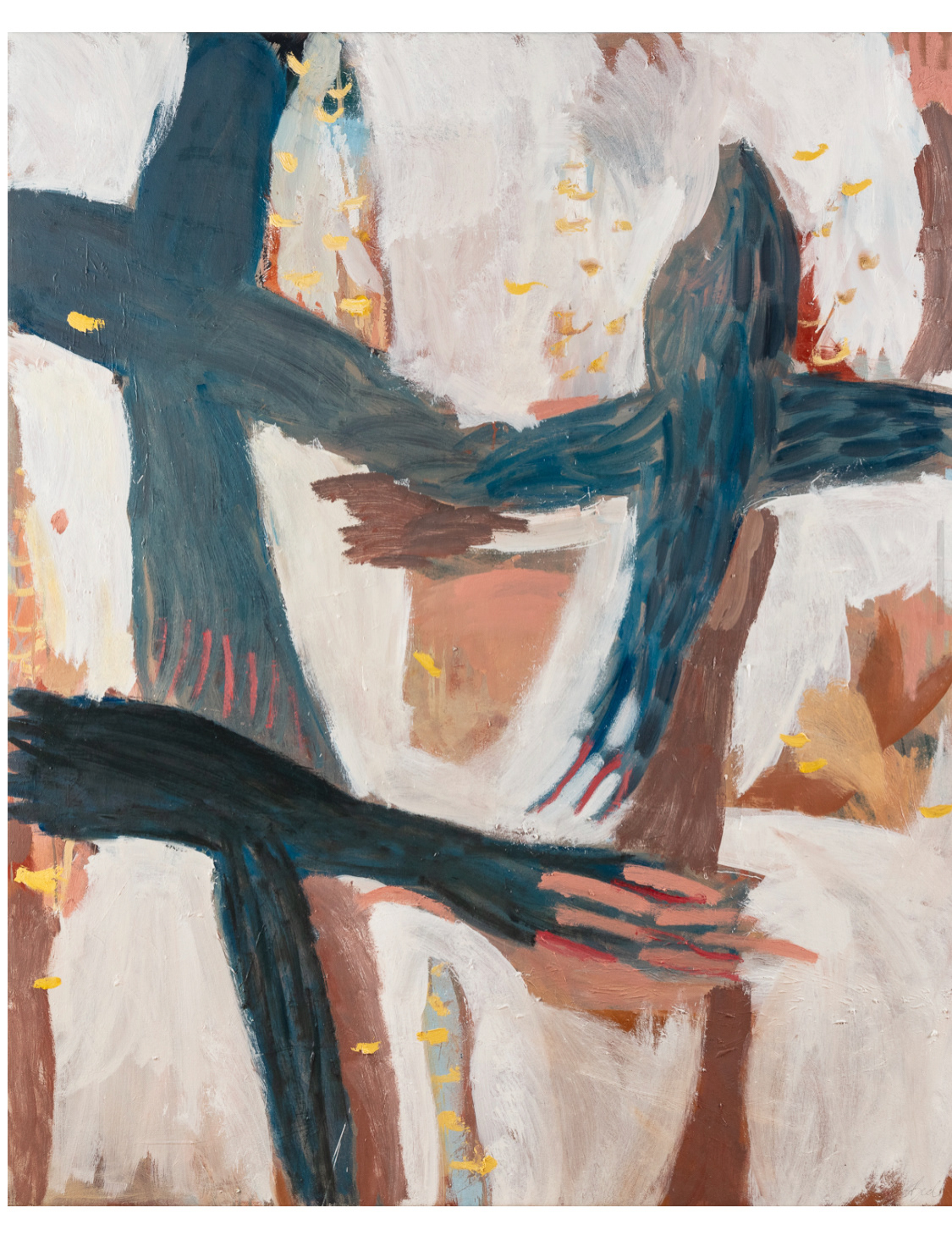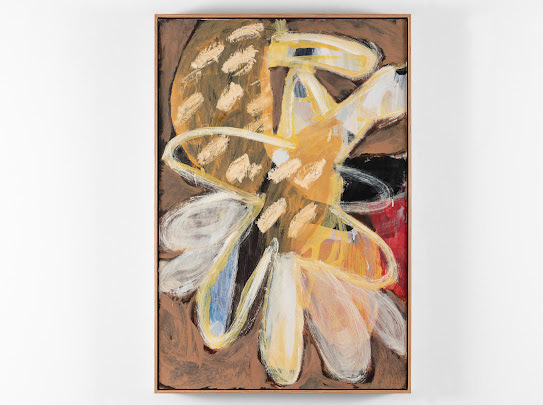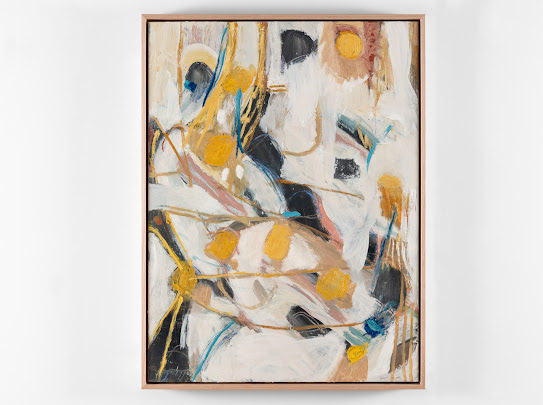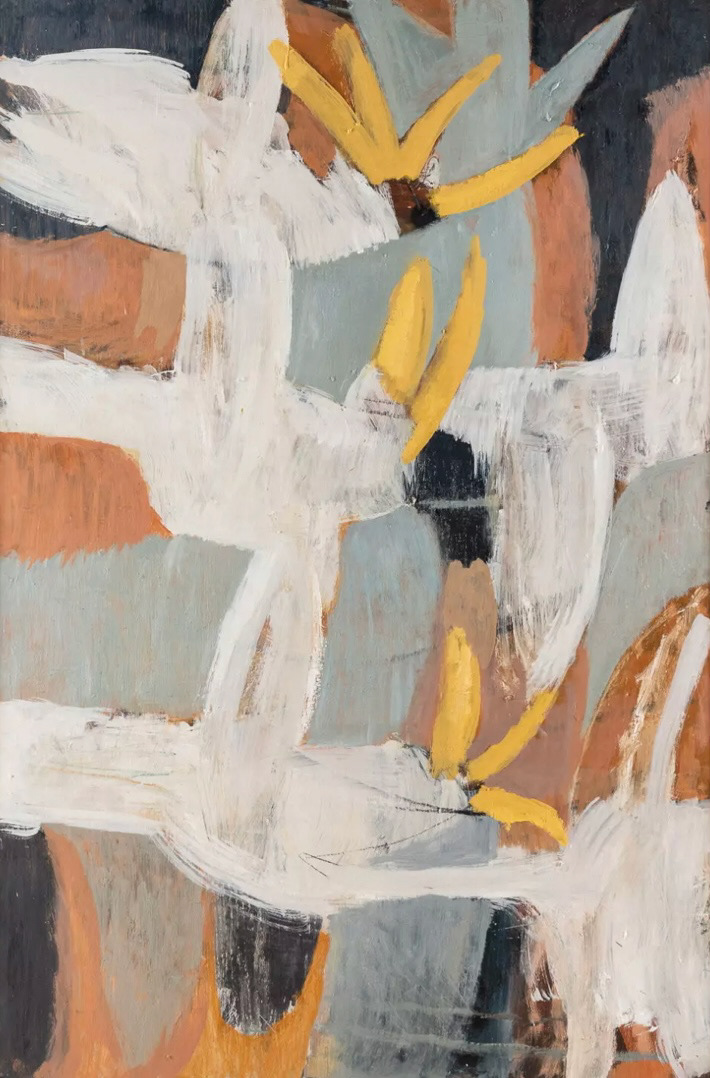



Elizabeth Beaumont is an Australian emerging artist whose practice predominantly focuses on exploring abstracted landscapes and expressions of the bush. She is based in the Southern Tablelands of NSW and draws inspiration from various regions across the country, including Wallum Heathland, the Central Desert, Southwest Tasmania, and the country of the Ngambri/Ngunnawal peoples in NSW where she lives.
Beaumont’s artistic accomplishments are noteworthy and demonstrate her talent and potential. In 2018, she was a finalist and highly commended in the Glover Prize, a prestigious Australian landscape art prize. The same year, she was also a finalist in the Royal Queensland Art Society Young Artists Award and the Kangaroo Valley Art Prize in 2020. These accolades are a testament to her skill in creating evocative and thought-provoking art.
She was part of a group exhibition in 2022, where her art was selected by Amber Creswell Bell from the National Emerging Artist Prize & from seeing the piece Elizabeth entered, Amber promptly offered her a solo exhibition, her first, here in the Berrima gallery in May 2022. Beaumont’s artworks showcase her unique style and distinct interpretation of the Australian landscape and her beautiful expressions of the Australian outback.
“I think it’s under-appreciated how ubiquitous birds are in everyday life in Australia, from remnant woodlands to the suburbs. You don’t need to see them to know they’re there. There’s always something calling.
I am fortunate to live in remnant bushland near Canberra which was managed by Ngambri/Ngunnawal people for millennia. It is rich in both rare and common bird species. Bird watchers will tell you that the best way to find a bird is to sit quietly in good habitat for a long time and wait for the birds to reveal themselves to you. For me, this is also the best way to paint birds.
In making these works, I could not cajole the birds to the surface. Initial marks spoke nothing of the birds, but with time they seemed to suddenly arrive unannounced. Often when I tried to move them through paint into something more recognisable, they would disappear, as if spooked.
The challenge of knowing when to leave their subtle forms untouched, or coax them out of abstraction is as thrilling as it is terrifying. The layers of these paintings document my failures – the spaces where birds once were. Ultimately though, they also record that very brief moment that the birds are comfortable in my presence.”